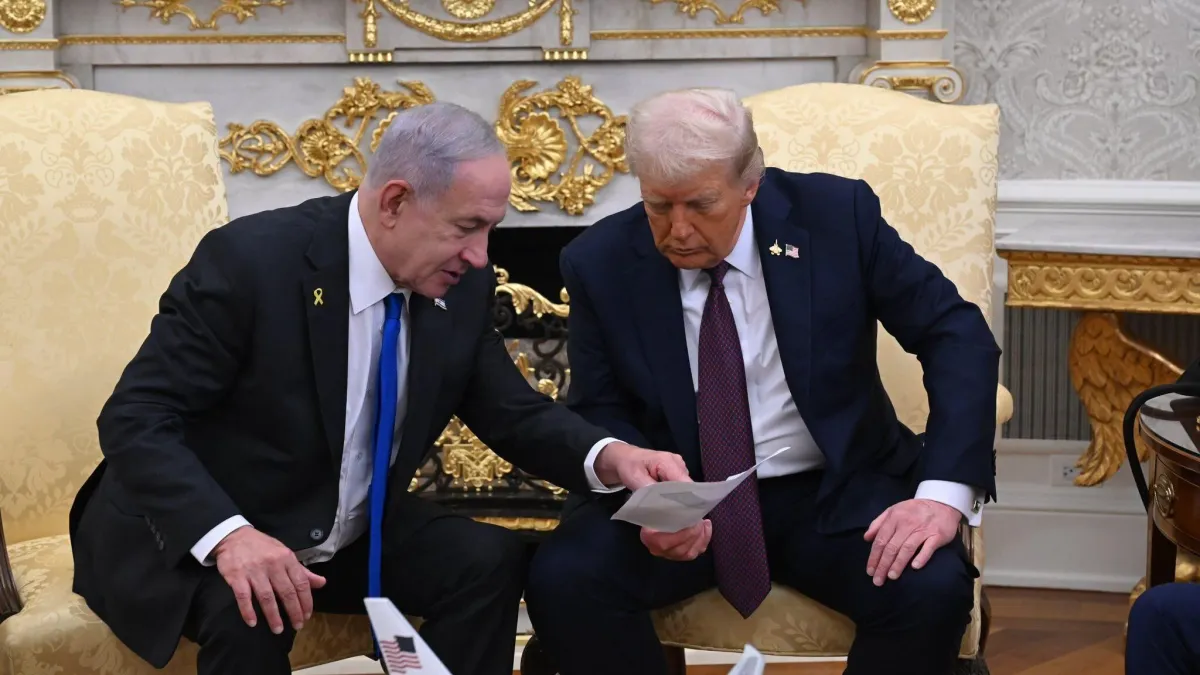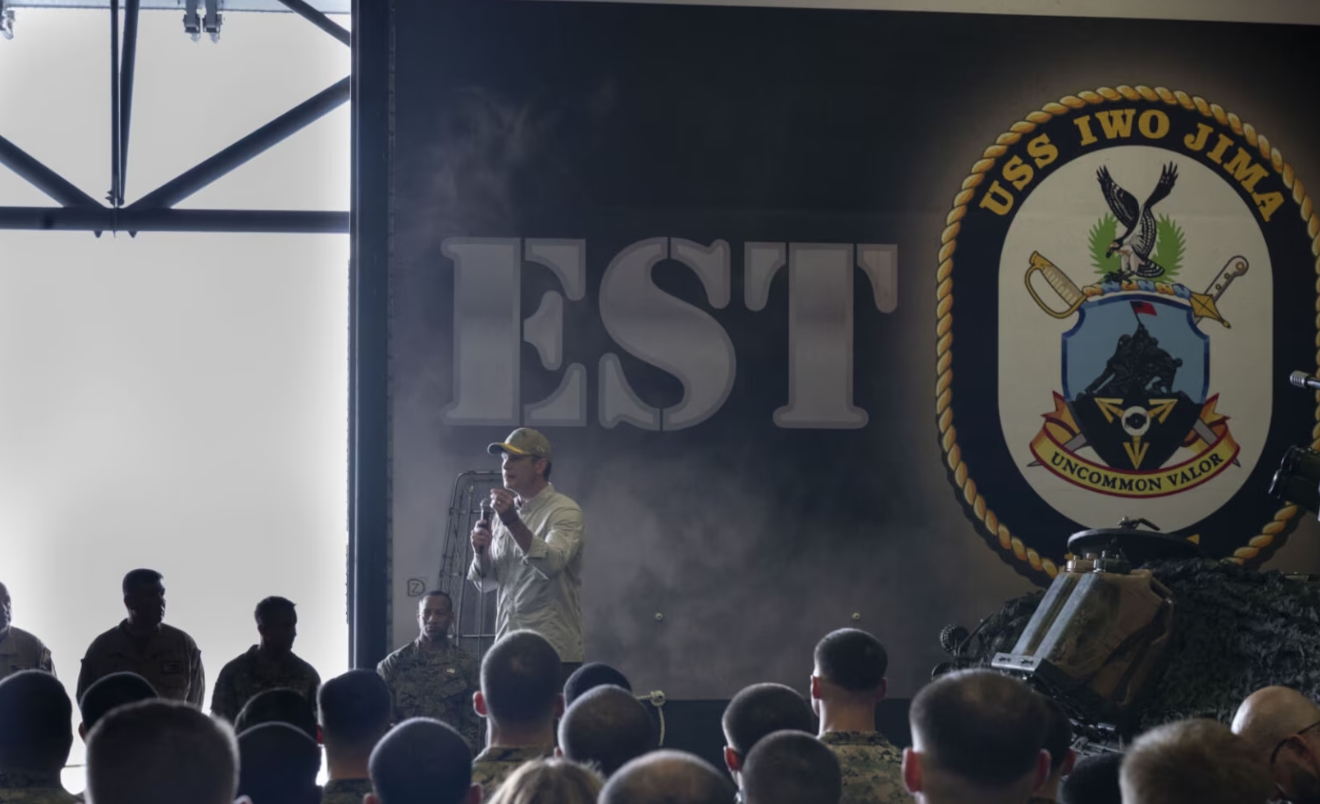FOTO: AFP/Getty Images
As Colin Gray rightly points out, strategic history is dependent on the course of political history. In this sense, it is not difficult to conceive that the development of an Indian nuclear program was motivated by China’s testing of nuclear weapons. Later, both nuclear programs influenced Pakistan, which was directly aided by China.
India has been fertile ground for studies of post-colonialism, but unlike other former colonies, it has not rejected the ideas of power – including military power – perpetuated by its former metropoles. While much of the so-called global south has vehemently rejected nuclear weapons, India has sought to develop its own nuclear program. Without any embarrassment, the Indian state took advantage of the sharing of nuclear technology for peaceful purposes to carry out its first successful nuclear test on May 18, 1974.
When India joined the select group of countries that had already tested these weapons as part of Operation Smiling Buddha, the Asian regional balance of power shifted. Similarly, by becoming the sixth country in the world to possess nuclear weapons (behind only the permanent members of the United Nations Security Council), India has had an impact on global nuclear policy.
India’s nuclear program, and later Pakistan’s, is part of the national pride of these countries. Their nationalism is strengthened by the possession of an armament that not only has great destructive power, but also great international influence. It is no coincidence that the victorious countries of the Second World War, which developed their nuclear programs until the 1960s, retained “legal” possession of nuclear weapons. This can be seen clearly and normatively through the NPT (Nuclear Non-Proliferation Treaty), which is an unequal treaty.
By separating two groups of countries, giving them different rights and obligations, the NPT undermines the already remote possibilities of general disarmament. In other words, those who already have nuclear weapons keep them while imposing restrictions on others. It is worth noting, however, that the sharing of technology for peaceful purposes is permitted and even encouraged by the treaty.
In general, the nuclear-armed states shared a concern about horizontal proliferation, i.e. the proliferation of nuclear weapons to other countries, while increasing their own nuclear arsenals (vertical proliferation). In the last decades of the Cold War, various measures were taken, such as the signing of bilateral treaties, in order to reduce the nuclear arsenals of these countries, especially the USA and the USSR (arsenal inherited by Russia). Even so, general and complete disarmament, which was already unlikely, is almost impossible in the current political context.
But India has not signed the NPT. After the conflict with China in 1962, India was actually motivated to develop its military capabilities. If not to match Chinese power, then at least to deter it. In this respect, Operation Smiling Buddha, by achieving the successful detonation of a “mini” nuclear device, offered the possibility of building an Indian nuclear deterrent in order to discourage Chinese threats. The explosion, 50 years ago, of around 8 kilotons, created a huge shock wave, leaving a deep crater and a mushroom cloud visible in the distance. Its impact on international politics was even greater. Later, in May 1998, with the development of new technologies, the country would finally test the capability of its nuclear weapons, thus contributing to its purpose of deterrence.
Today, it is estimated that India has around 160 nuclear warheads, ranging from 0.15 to 4.9 kilotons (which is considered low). For comparison, Little boy, the bomb dropped on Hiroshima, was around 15 kilotons. During the Cold War, much larger bombs were built. In any case, at least when it comes to regional wars or high-intensity conflicts, India’s modest arsenal has so far managed to fulfill its main function: deterrence. Even so, the Kargil conflict between India and Pakistan in 1999 showed that nuclear weapons are not always enough to prevent war.
India’s nuclear doctrine

O primeiro-ministro indiano, Narendra Modi. Foto: EFE/EPA/Ragul Krishnan
In an election year in the world’s largest democracy, it is interesting to note that the current prime minister, Narenda Modi, who is running for re-election, has already indicated previously, in 2016, that he does not intend to change the ‘no-first-use’ policy. This means that India maintains its nuclear arsenal, as do other nuclear-armed countries, with the aim of deterring potential aggressors from using nuclear weapons against India. The country also argues that in the absence of a general disarmament of nuclear weapons, this stance is in line with the UN Charter, which allows the right to self-defense. As the Arms Control Association points out:
India will not be the first to launch a nuclear attack, but will respond with punitive retaliation if deterrence fails. India will not resort to the use or threat of use of nuclear weapons against states that do not possess nuclear weapons or are not aligned with nuclear-armed powers.
Despite these somewhat reassuring words, India is not very transparent about its nuclear policy, which can naturally contribute to misunderstandings about its intentions. Furthermore, the geopolitical context in which it is inserted – which involves tensions with China and Pakistan (both nuclear-armed countries) – highlights the relevance of its nuclear program for Asian geopolitics.
References
https://www.nti.org/countries/india
https://www.armscontrol.org/act/1999-07/indias-draft-nuclear-doctrine
https://carnegieendowment.org/research/2016/06/indias-nuclear-doctrine-debate?lang=en
https://www.orfonline.org/research/re-examining-india-s-nuclear-doctrine



